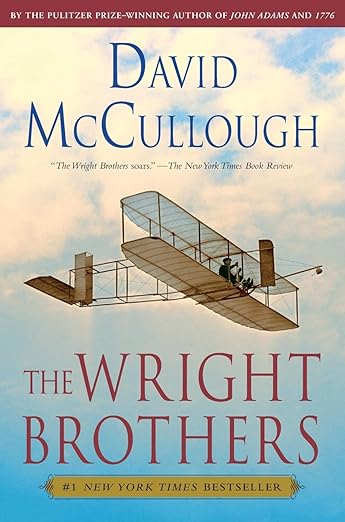Orville and Wilbur grew up in Dayton, Ohio in a close-knit family. Their father, Milton, was a bishop in the Church of the United Brethren in Christ and encouraged curiosity and intellectual pursuit. From a young age, Orville and Wilbur were fascinated by flight and mechanics. They started a printing business together as young men but devoted most of their energy toward solving the problem of flight.
The Wright brothers were self-taught engineers who built their own wind tunnel to test wing shapes and glider designs. They collected meticulous data from their experiments and analyzed it systematically to guide each iteration of prototypes. Their glider testing at Kitty Hawk, North Carolina over several seasons allowed them to master control of an aircraft and understand the complex aerodynamics involved.
On December 17, 1903, the Wright brothers achieved the first ever sustained, controlled, powered flight of a heavier-than-air aircraft. Orville piloted the plane as Wilbur watched, and their landmark 12-second flight marked the dawn of the aviation age. Despite this momentous achievement, the Wright brothers remained grounded and focused on incrementally improving their flyer rather than seeking fame and fortune.
The Wright brothers continued improving their aircraft design and flight technique over the next few years. They set record flight distances and durations, turned, circled, and came to a smooth landing. By 1905, they had an aircraft that could stay aloft for half an hour at a time.
Though greeted with skepticism at first, news of the Wright brothers’ achievements spread. By 1908, they were international celebrities. But rather than capitalize on their fame, they grew increasingly protective of their intellectual property and avoided publicity.
Orville and Wilbur’s story is remarkable in many aspects. They succeeded with no government or university support, instead relying on their own resources and determination. Despite only a high school education, they solved a problem that had eluded the scientific establishment worldwide. Their unique strengths aligned perfectly for the task. Wilbur was the idea man, while Orville brought mechanical skills. Together, they embodied the American can-do spirit.
David McCullough brings warmth and depth to his depiction of the Wright brothers and their family. He chronicles their early years, experiments, failures, and ultimate triumph with both accuracy and emotion. The book provides insight into all facets of Wilbur and Orville’s fascinating lives, from their interests and values to their interactions with friends and competitors.
The Wright Brothers is both an inspiring story of human perseverance and an excellent history of the pioneering developments in aviation at the turn of the 20th century. McCullough’s meticulously researched narrative makes the Wright brothers’ journey feel relevant and close at hand. This engaging book captures the tremendous curiosity, wisdom, and spirit of two brothers from Dayton who changed history and opened up the skies for all.
